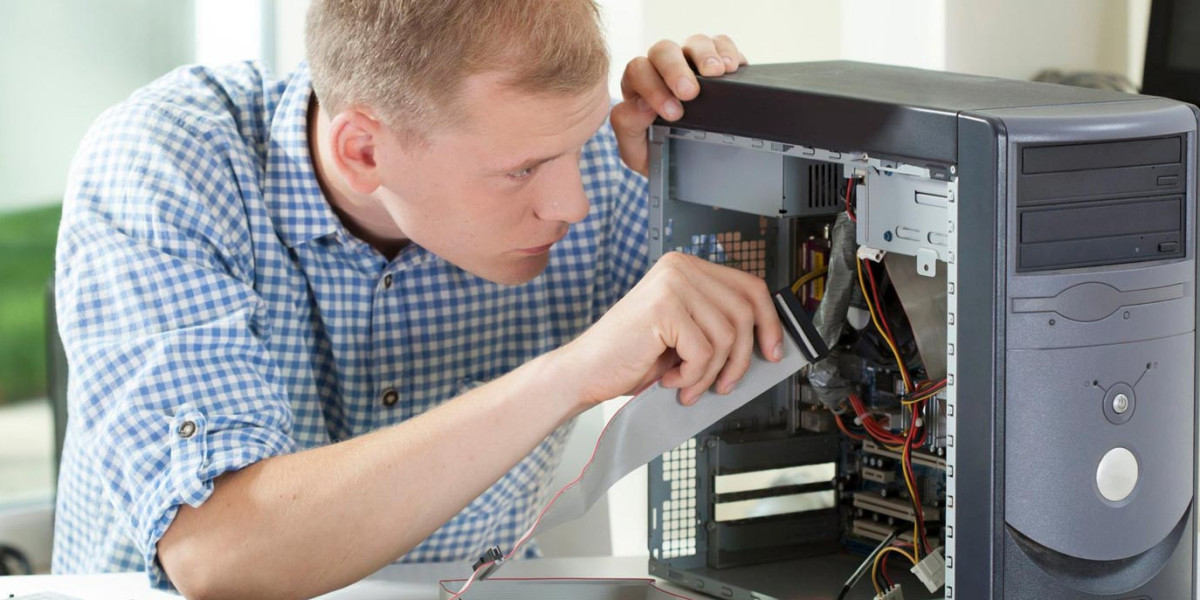Plastic injection molding is a widely used manufacturing process for producing plastic parts in large volumes with high precision and efficiency. It involves injecting molten plastic material into a mold cavity, where it cools and solidifies to take the desired shape. Various types of plastic injection molding techniques cater to different applications, ensuring optimal performance and cost-effectiveness. Understanding these different types is crucial for manufacturers and businesses to choose the right method for their specific needs.
Traditional Injection Molding
Traditional injection molding, also known as standard injection molding, is the most common technique used in the industry. It involves melting thermoplastic material and injecting it into a pre-designed mold under high pressure. This method is suitable for producing a wide range of products, from small components to large parts, with excellent repeatability and consistency.
One of the main advantages of traditional injection molding is its ability to produce high-quality parts with minimal waste. The process is highly efficient, making it ideal for large-scale production. Additionally, advancements in automation and robotics have further enhanced precision and productivity, reducing labor costs and increasing production speed.
Overmolding
Overmolding is a specialized plastic injection molding technique that involves molding one material over another to create a multi-material or multi-layered part. This process is commonly used for adding a soft-touch grip to tools, enhancing the aesthetics and functionality of consumer products, and improving durability.
The overmolding process typically begins with the production of a base component, which is then placed in a second mold where another layer of plastic is injected over it. This technique allows for seamless bonding of different materials, eliminating the need for adhesives or secondary assembly processes. Overmolding enhances product performance and design flexibility, making it a popular choice in industries such as medical devices, electronics, and automotive manufacturing.
Insert Molding
Insert molding is a process where metal or non-plastic components are placed into the mold before plastic is injected around them. This technique is widely used to produce parts with integrated metal components, such as threaded inserts, electrical contacts, and reinforcing structures.
The key advantage of insert molding is its ability to create strong, lightweight parts with enhanced functionality. It reduces the need for additional assembly, lowering production costs and improving product reliability. Insert molding is commonly used in automotive, aerospace, and consumer electronics industries, where durable and complex components are required.
Gas-Assisted Injection Molding
Gas-assisted injection molding is a technique that utilizes high-pressure gas, typically nitrogen, to create hollow sections within a molded part. This process reduces material usage, minimizes warping and shrinkage, and enhances structural integrity.
One of the major benefits of gas-assisted injection molding is the ability to produce lightweight, yet strong, components with intricate designs. This makes it an excellent choice for applications where weight reduction is a priority, such as in automotive, furniture, and industrial equipment manufacturing. The process also allows for better surface finishes and reduced cycle times, improving overall efficiency.
Micro Injection Molding
Micro injection molding is a highly specialized process used for producing extremely small and precise plastic parts, often with intricate details and tight tolerances. This technique is essential in industries such as medical devices, electronics, and micro-mechanics, where miniaturization is a key requirement.
The micro injection molding process requires specialized equipment and advanced precision control to ensure accuracy and consistency. The use of high-performance polymers further enhances the durability and functionality of micro-molded components. As technology advances, micro injection molding continues to evolve, enabling the production of even smaller and more complex parts with high efficiency and reliability.
Conclusion
Plastic injection molding is a versatile and essential manufacturing process with various techniques tailored to specific applications. Traditional injection molding is the foundation of the industry, while specialized methods such as overmolding, insert molding, gas-assisted injection molding, and micro injection molding offer unique benefits for different needs. Understanding these types of plastic injection molding helps manufacturers make informed decisions, optimizing production efficiency, cost-effectiveness, and product performance. As technology continues to advance, the future of plastic injection molding holds even greater possibilities for innovation and precision manufacturing.







